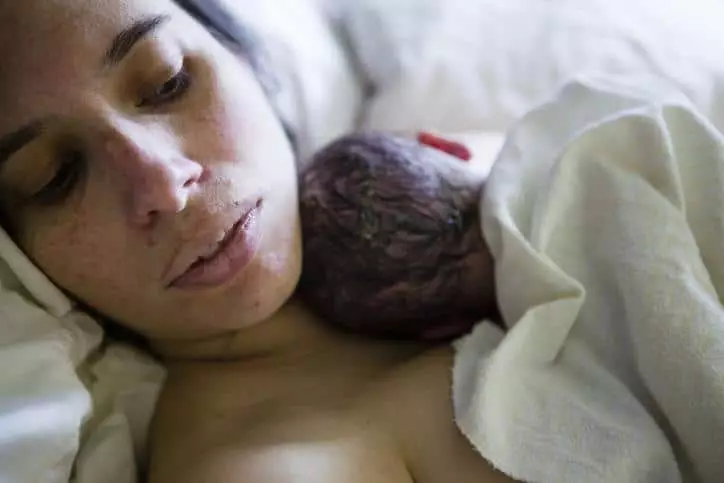Childbirth is a transformative journey filled with emotional highs and physical challenges. Among the myriad experiences a new mother may encounter, one particularly surprising phenomenon is postpartum shaking. This involuntary reaction often leaves new moms, including myself, bewildered and worried. I wish someone had flagged it earlier; the hours following birth can already be turbulent without the added concern over shivering like you’ve just emerged from an Arctic plunge.
While it’s common knowledge that physical changes occur during labor—ranging from hormone surges to significant exertion—one aspect remains shrouded in mystery for many: the likelihood of postpartum shaking. Studies suggest that between 44% to 55% of women may experience this trembling in the immediate aftermath of delivery. What was initially alarming to me turned out to be a shared experience for many mothers, yet it seldom gets adequate attention in prenatal discussions.
The absence of preparation around this reaction can be disconcerting. The first time it happened to me after giving birth, I was seized with anxiety, thinking something was fundamentally wrong with my health. In retrospect, knowing that this intense physical response was a common reaction—part of a larger spectrum of postpartum phenomena—would have eased my fears significantly.
The science behind postpartum shaking points to a confluence of hormonal fluctuations and physical exertion during childbirth. As hormones like oxytocin—responsible for uterine contractions—surge, other muscle contractions can emerge in unexpected areas such as the legs and back. This is compounded by elevated stress hormones that are naturally released during and after labor, resulting in a cacophony of physiological responses.
It’s important to remember that birth is a physically exhaustive endeavor. As the body wrestles with the changes that come in its wake, temperature fluctuations are common. Many women experience a rise in body temperature during labor due to physical exertion. Following the stress of delivery, the body often responds with shivering as it attempts to regulate its temperature. This can occur regardless of external conditions; one can shake in a warm environment simply due to internal regulatory mechanisms at play.
For women undergoing childbirth with interventions like epidurals, the risk of shivering can increase due to the way anesthesia affects the body’s temperature control. Epidurals can lead to increased circulation to the skin, which paradoxically reduces core body temperature, prompting shivering as the body tries to compensate.
When faced with shaking postpartum, comfort measures are often readily available. Hospitals usually provide warm blankets to soothe the muscles and ease the shaking. Some research indicates that warming IV fluids may reduce the severity of the reaction, proposing that certain temperature-sensitive receptors in the spinal area might be contributing to this curious phenomenon. However, the intricacies of these processes remain largely unexplained, leaving much to the realm of observation rather than definitive solutions.
While shaking post-delivery is generally not harmful—it’s a normal, albeit uncomfortable, response—it’s crucial to stay attuned to your body. If you continue to experience intense shivering days after birth or develop flu-like chills, it could signal a fever, warranting a quick consultation with a healthcare provider. This vigilance ensures that potential complications, such as infection, don’t go unnoticed.
Reflecting on my own journey, the knowledge that shaking is a common occurrence would have transformed my experience. It is vital for prospective mothers to be informed about all the potential aspects of postpartum recovery, including the unifying experience of postpartum trembling. As we share stories and information, we can create a nurturing environment for new mothers, helping them navigate the often bewildering transition into motherhood with confidence and support.

